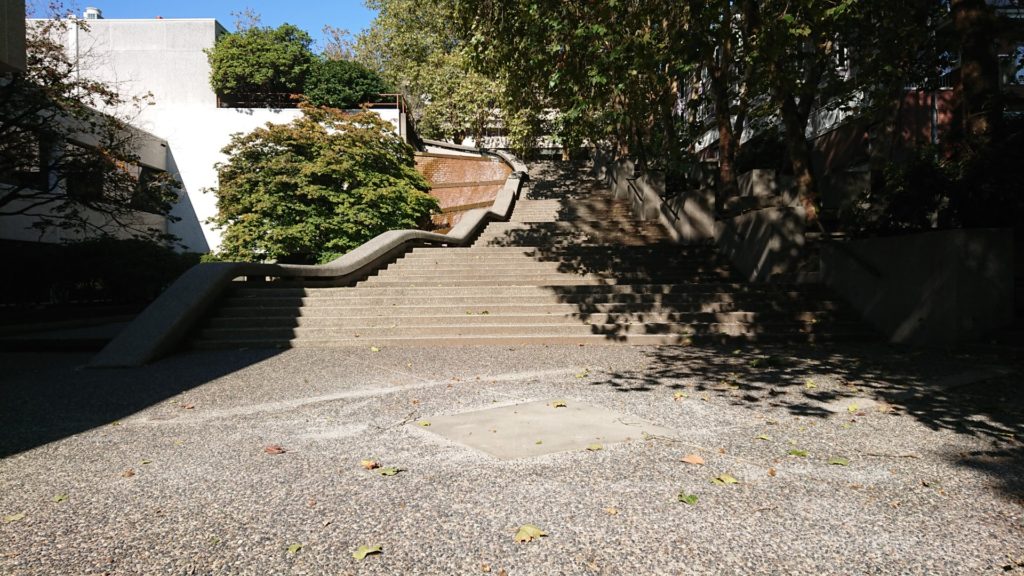
New Westminster removes Begbie statue but keeps name
By Craig Allan, Staff Writer
On July 7, 2019 the city of New Westminster removed a statue of Matthew Baillie Begbie that resided outside the New Westminster courthouse. Begbie was British Columbia’s first Chief Justice when BC became a province. Such a high-ranking office led him to being a prominent figure in the law system of BC. Begbie also had a reputation as “The Hanging Judge.” The City of New Westminster’s website says this name is undeserved as “The death penalty was mandatory for murder at the time.” However, there is one case that causes Begbies legacy in the city to be put under scrutiny.
In 1864, a group of construction workers entered the territory of the Chilcotin First Nations territory in order to build a road through the area. In those days, roads brought diseases as many people traveled on them, and the Chilcotin people—already suffering from the disease of small-pox—feared the idea of a road being built. The Chilcotin people attacked the workers, killing 14 to 21 (conflicting reports of numbers) of them. When six Tsilhqot’in chiefs went to the construction camp to discuss peace negotiations, they were captured, charged, and hanged under the gavel of Begbie.
This incident grew to be a lightning rod for the hostility between First Nation groups and the province, and as the movement of reconciliation began to grow, the controversy surrounding Begbie’s legacy began to be evaluated.
In 2017, the Law Society of British Columbia removed a statue of Begbie that resided in their building, and in May of this year New Westminster council voted to remove the statue. It is said that the statue will be moved to a more appropriate location, but with no formal plans, and other statues like the Sir John A. Macdonald statue in Victoria still not repositioned over a year after being removed, it is unclear what the procedure will be for any possible repositioning.
While the statue has been removed from the entry of the courthouse, the legacy of Begbie still remains. When entering the area of the law courts from the south side steps, a clearly visible sign shows that the square where the court resides is still named Begbie Square (also named Begbie Place on the official New Westminster website with the statue of Begbie still present in the picture).
In the beginning of September, Councilman Chuck Puchmayr put forward a motion to rename the Square and Begbie Street to Chief Ahan Square and Chief Ahan Street. To clarify, Chief Ahan was a local chief who was also hanged by Begbie a year after the 1864 hangings. Puchmayr deferred the motion though, fearing he may not have the support due to a similar motion to rename Sapperton Landing Park after the QuaQuat First Nations being voted down. Puchmayr said he will be looking to resubmit the proposal in October.
The legacy of Matthew Begbie is a difficult legacy to contextualize. On the one hand, he helped establish BC’s court system, and has an indeclinable legacy in the establishing of the law of the province. Along with this though, Begbie is also responsible for a great injustice towards First Nations people. The fate of the representations of Begbie’s legacy on statues and streets will be determined over the next few years. Should there be recognition of his work, or should his legacy be forgotten in history?



